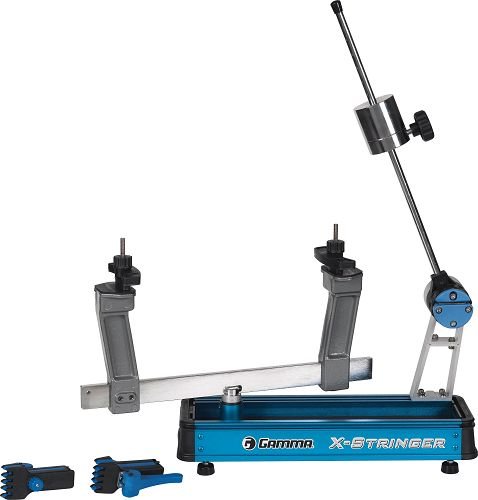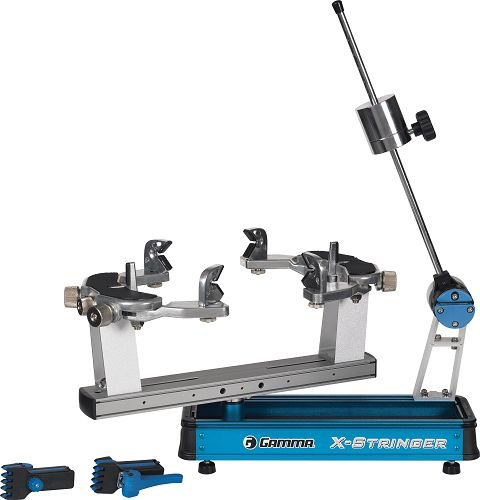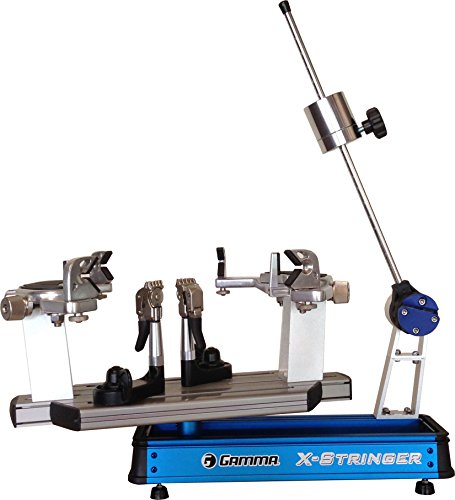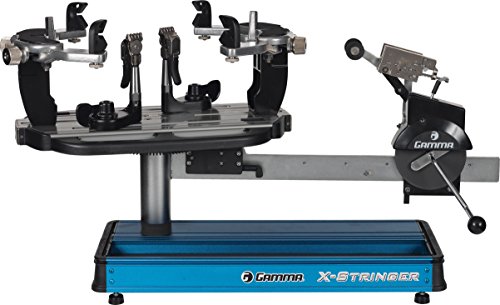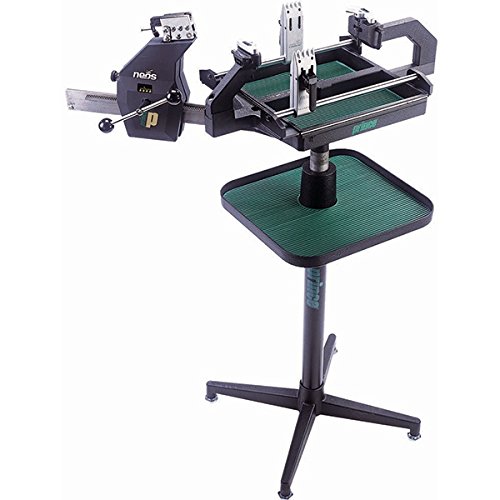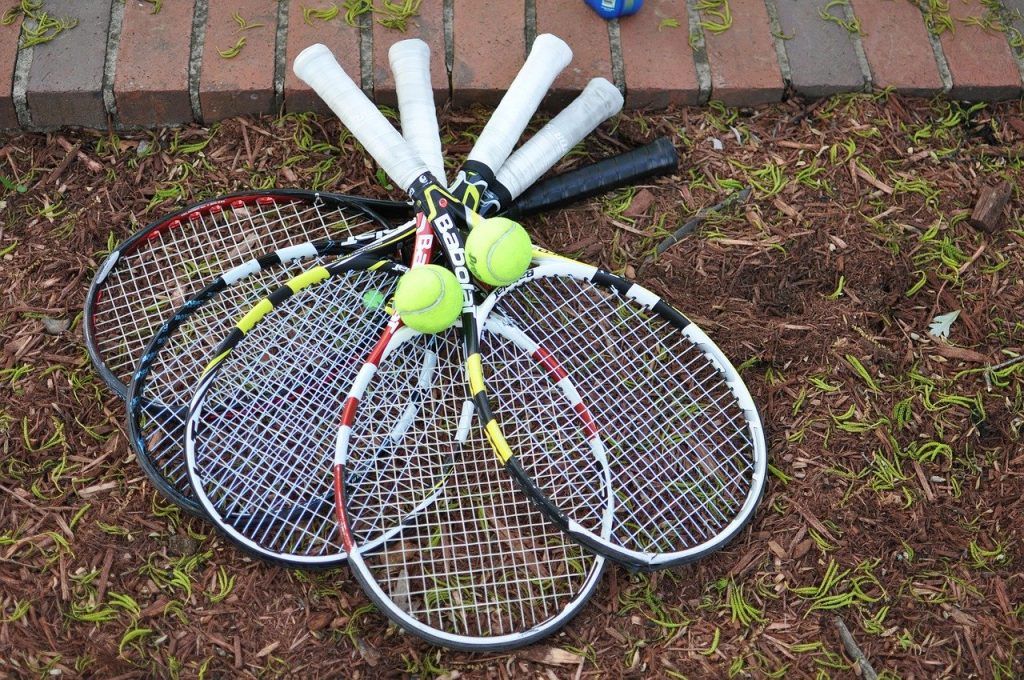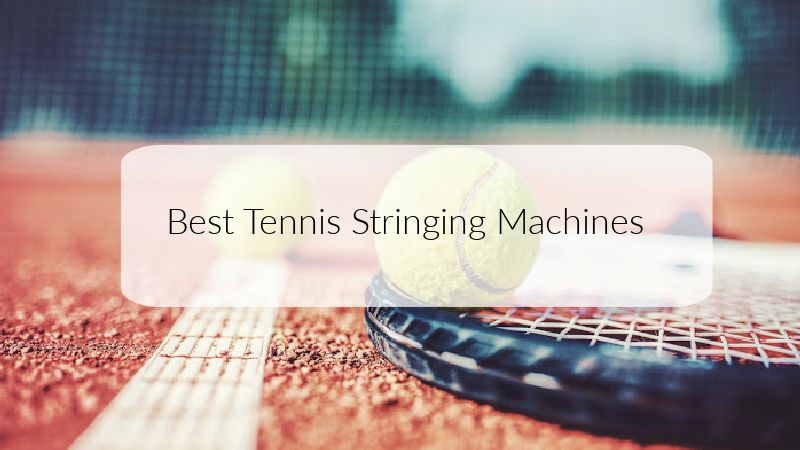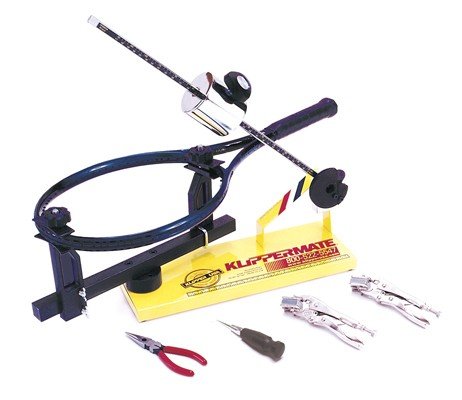If you think the tennis balls you choose to play with having a massive effect on your game is a load of balls… you are gravely mistaken, my friend.
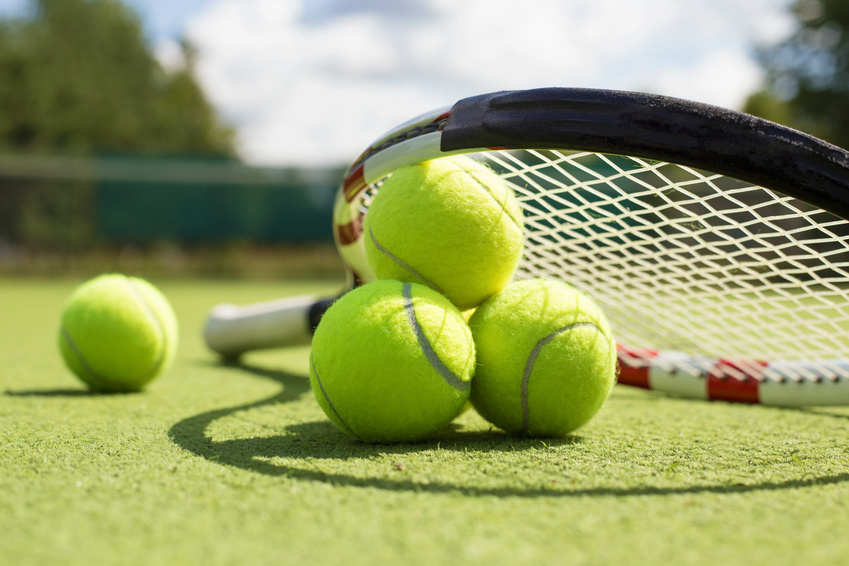
Your choice of tennis ball will massively affect how good your game is when you get onto the courts. Different balls have different qualities depending on what brand you purchase and the quality of the ball itself which can make them better or worse for different types of player and different surfaces.
Part of the issue of selecting the best tennis balls to use is that it can be hard at the best of times to settle on a certain brand. The good news is that there is now more tennis ball brands on the market than ever before, which can make choosing the right one easier.
We have tested out several different types of ball and in this guide we have picked the balls that we like to use when playing tennis as well as which balls which are the best tennis balls for specific surfaces such as grass, hard courts and clay courts.
About Tennis Balls
Tennis balls have developed since then and have evolved substantially over the last several years, with a huge amount of money spent on the development of new technology.
Some popular brands of tennis balls include:
- Dunlop
- Wilson
- Slazenger
- Treton
- Penn
Tenis balls are made all over the world though primarily in The USA and Europe.
There are a variety of surfaces that tennis is played on such as grass, clay, hard courts, asphalt, concrete, and astroturf. Different balls suit different surfaces better than others.
Colors
The standard color for tennis balls is yellow as decreed by The Tennis Federation. This color was chosen due to is clear visibility for both the players and spectators.
Types of Tennis Balls
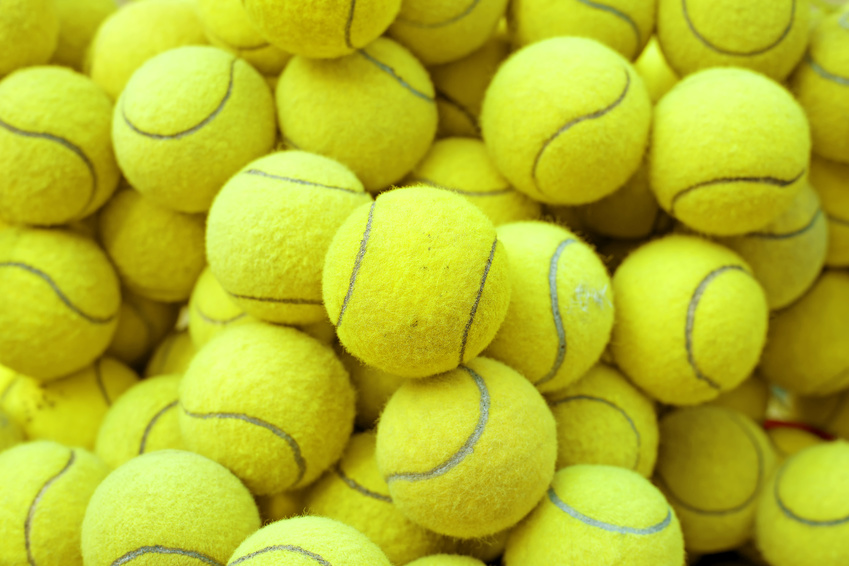
There are three main types of tennis balls that are available for purchase: type1, type2, and type 3. With high altitude balls also available.
Type 1 balls are used on slower courts, Type 2 are for standard speed courts, and type 3 balls are used on the fastest courts.
There are also specific balls that are suited for use with tennis ball machines.
Weight & Dimensions
There are certain restrictions on the size and weight of tennis balls. The ATP Offical Rulebook lists these as:
| Type 1 (Fast) |
Type 2 (Medium) |
Type 3 (Slow) |
High Altitude | |
|---|---|---|---|---|
| Mass | 56.0-59.4 grams 1.975-2.095 oz |
56.0-59.4 grams 1.975-2.095 oz |
56.0-59.4 grams 1.975-2.095 oz |
56.0-59.4 grams 1.975-2.095 oz |
| Size | 6.54-6.68 cm 2.57-2.70 in |
6.54-6.68 cm 2.57-2.70 in |
7.00-7.30 cm 2.76-2.87 in |
6.54-6.68 cm 2.57-2.70 in |
| Rebound | 138-151 cm 54-60 in |
135-147 cm 53-58 in |
135-147 cm 53-58 in |
122-135 cm 48-53 in |
| Forward Deformation | 0.56-0.74 cm 0.22-0.291 in |
0.56-0.74 cm 0.22-0.291 in |
0.56-0.74 cm 0.22-0.291 in |
0.56-0.74 cm 0.22-0.291 in |
| Return Deformation | 0.74-1.08 cm 0.291-0.425 in |
0.80-1.08 cm 0.315-0.425 in |
0.80-1.08 cm 0.315-0.425 in |
0.80-1.08 cm 0.315-0.425 in |
Levels: Recreational, Championship, and Professional
There are three main types of tennis balls that are made by manufacturers: professional level balls, championship level, and recreational level. The kind of ball that you choose will come down to what you want to use it for, as well as how advanced your game is.
Recreational level: are the best tennis balls for practice matches and those who are getting used to the game.
Championship level balls: are used for those who are already good at tennis and want something with a little more kick behind their serves.
Professional level balls: are used by some of the best tennis players around the world and allow for more precision, control and power.
Types of Tennis Balls: Pressurized on Non-Pressurized
One thing to keep in mind when purchasing a tennis ball is whether it is pressurized or not. Most modern day balls are but it is still worth considering. Non-pressurized balls bounce on their rubber shells and do not have the pressurized air inside.
Non-pressurized balls have the advantage of not losing their bounce like normal tennis balls and will gain more buoyancy the more you use them.
Pressurized balls are what is generally used by professional players and in tournament matches. These balls are more common, as the internal air pressure gives the ball more bounce, speed, and spin. The only downside to pressurized balls is that the use of them fades over time.
Regular Duty vs. Extra Duty
If you are on the lookout for new tennis balls, the type of court that you play on makes a big impact. If you are playing on softer courts like clay or indoor courts, you will want to purchase regular duty tennis balls.
If you are playing on harder surfaces or grass, then you can opt for extra duty balls.
The main difference between the two is the thickness of the felt covering. It is thicker on extra duty to allow for play and harder surfaces.
High Altitude
One point of consideration to make when choosing a tennis ball is where on the court you are hitting the ball. Higher altitudes will cause your shorts to bounce higher and travel faster, which can make it difficult for a range of players.
High altitude, in this case, is set to be 4,000 feet or higher. If you are playing at this height, you’ll want to invest in some high-altitude tennis balls to mitigate these issues.
For Beginners and Kids
Children just starting out with tennis require speciality balls that are designed for a slower pace. Faster balls may be ideal for adults, but younger kids won’t be able to keep up with the pace of the game. Slower-moving foam balls are the best for kids.
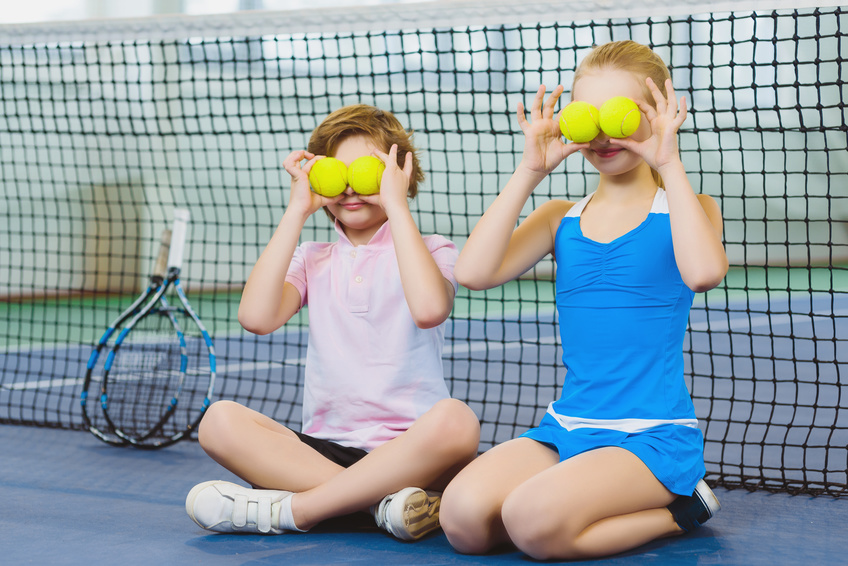
There are three types of stages that are suitable for use by children and beginners playing tennis:
- Stage 3 (Red)
- Stage 2 (Orange)
- Stage 1 (Green)
These balls have specific weights and dimension that are specified by the International Tennis Federation as:
| Specifications | Stage 1 (Green) Standard |
Stage 2 (Orange) Standard |
Stage 3 (Red) Standard |
Stage 3 (Red) Foam |
|---|---|---|---|---|
| Mass (Weight) | 47.0-51.5 grams 1.658-1.817 ounces |
36.0-46.9 grams 1.270-1.654 ounces |
36.0-46.9 grams 1.270-1.654 ounces |
25.0-43.0 grams 0.882-1.517 ounces |
| Size | 6.30-6.86 cm 2.48-2.70 inches |
6.00-6.86 cm 2.36-2.70 inches |
7.00-8.00 cm 2.76-3.15 inches |
8.00-9.00 cm 3.15-3.54 inches |
| Rebound | 120-135 cm 47-53 inches |
105-120 cm 41-47 inches |
90-105 cm 35-41 inches |
85-105 cm 33-41 inches |
| Forward Deformation | 0.80-1.05 cm 0.315-0.413 inches |
1.40-1.65 cm 0.551-0.650 inches |
– | – |
Speciality Balls
In addition to the above, there are also balls that exist for those who have elbow injuries, as well as balls to reduce the impact of the arm.
Top 4 Tennis Balls in 2019 For Each Surface
Below you will find some of the best tennis balls for this year. These tennis balls have been selected as they are the ones we like to use when playing. There are many good things about the tennis balls below, as they are the perfect combination of price, features, and durability.
If you want to find out more about any of the tennis balls that can be seen below, simply navigate to each of the product’s listing pages on Amazon. There you will find a wealth of reviews from satisfied clients who are more than happy to share their experiences with you.
Wilson US Open Regular Duty Tennis Ball
The Wilson US Open ball is the same model used in the US and Australian Open tournaments. These balls are an ideal choice if you want to play indoors or on a clay surface, as they are hard wearing and have a thick felt made from high-grade wool. Although they may not be the ideal choice for other surfaces.
This ball is a great choice if you want maximum performance as well as increased durability against wear and they will generally last longer than other balls. The Wilson Standard stacks up well to the professional version of the ball, which makes them some of the best on the market today. They are also USTA and ITF Approved for competitive play.
Choose these for: Clay and indoor courts
Get a full case of these here.
Wilson US Open Extra Duty
You can’t go wrong with the Wilson US Open Extra Duty. These bad boys are the official tennis ball of the US Open and are incredibly tough and hard wearing which makes them perfect for hard courts. They are made of a high-quality wool that is constructed to make a denser felt to resist wear and tear.
They are also approved for USTA and ITF tournaments and provide a high performance ball at a reasonable price. What more are you looking for in a hard court ball?
Choose these for: Hard courts
Get a full case of 72 here.
Penn Championship XD Tennis Balls
The Penn Championship XD balls are the top selling tennis ball in the USA and are the official ball of the USTA League and are some of the easiest balls to play with an excellent quality. The Championship XD tennis balls are extra heavy duty with a wool fiber meaning they can be used on any surface and will last well.
The XD balls are famous for their controlled fiber release, which delivers a consistent spin and speed during serves and volleys. They are constructed from natural rubber which reduces the shock of the ball as it hits the court’s surface.
Choose these for: All surfaces / most durable balls
Get a case of 30 of these here.
Dunlop Championship Tennis Balls
The Dunlop Championship tennis balls are perfect for playing on all surfaces and are a high-quality low-cost option with a highly pressurized core and low fuzz which makes then great for speed and bounce during swings and serves.
You can use the Sports Championship balls for practice or during club games without a problem. You get four balls per tube, so you still get quite a bit of quality for its relatively cheap price. Dunlop championship balls are durable, as well as a pleasure to play with. You get an even consistency, which is pretty impressive as well.
The only downside to these balls is that they can sometimes feel a little stiff, but they are still great to use during periods of practice.
Many players consider these balls the best option for newbies and professional players alike, which is due to the fact they are proven to go the distance and their bounce is very good. While they could be a little heavier than other balls, you can easily purchase them in bulk and they are of exceptional quality. We recommend you try a can of these tennis balls for yourself, they’re very affordable!
Choose these for: Grass courts / Most affordable
Get a case of 72 here.
Best Tennis Balls For Hard Courts
If you are playing tennis on a hard court, then you should opt for heavy-duty brands such as those made by Dunlop, Wilson, and Penn. Hard courts require a professional ball option, as softer balls will degrade faster and may not last the distance.
The tennis balls that we have chosen above can be a great option for getting the best tennis ball for hard courts. Other options may still be available if you are ready to look around and compare your options.
Best for Soft Courts
Softer courts require a different kind of tennis ball, which can easily be found out by reading the label and product description of your ball to see if it’s suitable for use on a soft court or not. The items that we have listed above should give you a clear indication if it is suitable for use on a soft court, as well as by reading the reviews from other satisfied buyers.
Conclusion
That concludes our guide and list of the best tennis balls of 2019. We hope that you have found this article informative, as well as helpful in your selection for the best tennis ball for your specific needs.
As you may have discovered, choosing a tennis ball that is an ideal fit mostly comes down to your own requirements and expectations, and there is certainly a lot of variety out there.
If you are a beginner, then we recommend that you select a non-pressurized, type 1 ball, as these generally perform the best for slowing down the pace of the game which can allow you to improve your mechanics and succeed at tennis. More advanced players can opt for a Professional series ball that is provided by many of the leading brands today, which will give you more kick behind your shots.
Many of the above products have earned four and five-star reviews, which means you can be assured of their quality and durability. You can read about other user’s experiences using the links provided above, as they can give you a good indication of whether a certain brand is going to perform better for you than a different model.
Thanks for reading this article. We hope that you have enjoyed learning about the different kinds of tennis balls that are on offer. The prices of tennis balls can go up or down at a moment’s notice, so thrifty shoppers will take advantage of the low-cost deals while they still can.






